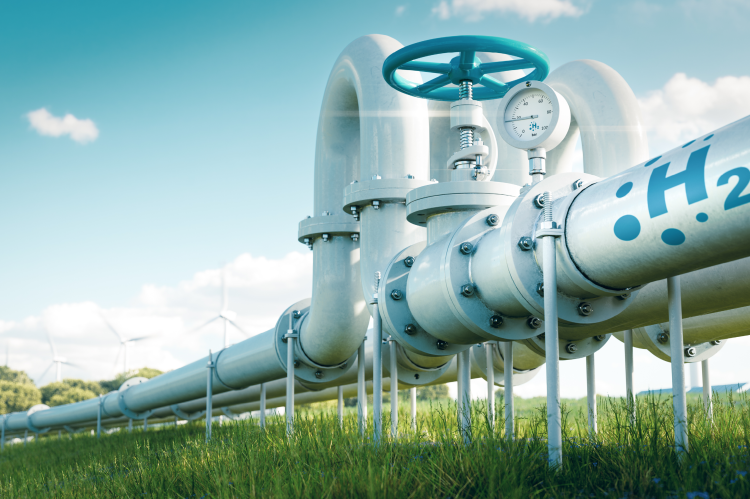Germany Eyes Large-Scale Green Hydrogen Imports via Pipelines by Mid-2030s

Germany could significantly reduce its reliance on fossil fuels by importing vast quantities of green hydrogen via pipelines from neighbouring countries by the mid-2030s, according to a study released Thursday, July 4, 2024.
The report by Berlin-based think tanks Agora Energiewende and Agora Industry found that Germany has the potential to import up to 100 terawatt-hours (TWh) of green hydrogen annually, meeting a substantial portion of its projected demand.
"To achieve climate neutrality, Germany needs a secure and cost-effective supply of renewable hydrogen. Pipeline imports from Europe play a crucial role in this," Simon Mueller, Agora Energiewende director, said in a statement.
Mueller added that the German government should have a financing model in place and swiftly negotiate cost-sharing agreements with the participating countries to reach the anticipated import potential.
"This is the only way the required quantities of green hydrogen can be delivered in the first half of the next decade," he said.
The German government is actively promoting hydrogen as a clean energy source to decarbonize industries like steel and chemicals that are difficult to electrify. Green hydrogen, produced using renewable sources like solar and wind power, is a key element of this strategy.
The study estimates that by 2035, hydrogen could account for 11.2% of Germany's total energy demand, projected at 894 TWh. However, due to limitations in domestic renewable energy resources, Germany will likely need to import 50% to 70% of its hydrogen.
Currently, Germany's hydrogen consumption of around 55-60 TWh per year comes almost entirely from fossil fuels, according to data from the economy ministry.
The report suggests that Germany could partially bridge the gap by 2030 through domestic production (11 TWh) and imports of green hydrogen (17 TWh) and blue hydrogen derived from natural gas (15 TWh).
All the clean hydrogen produced will be transported via pipelines. However, this would still fall short of the projected demand of 95 TWh to 130 TWh by the decade's end.
Additionally, the study proposes leveraging existing European natural gas infrastructure to significantly boost pipeline imports to 60-100 TWh by 2035.
